Nature usually makes sense—until it doesn’t.
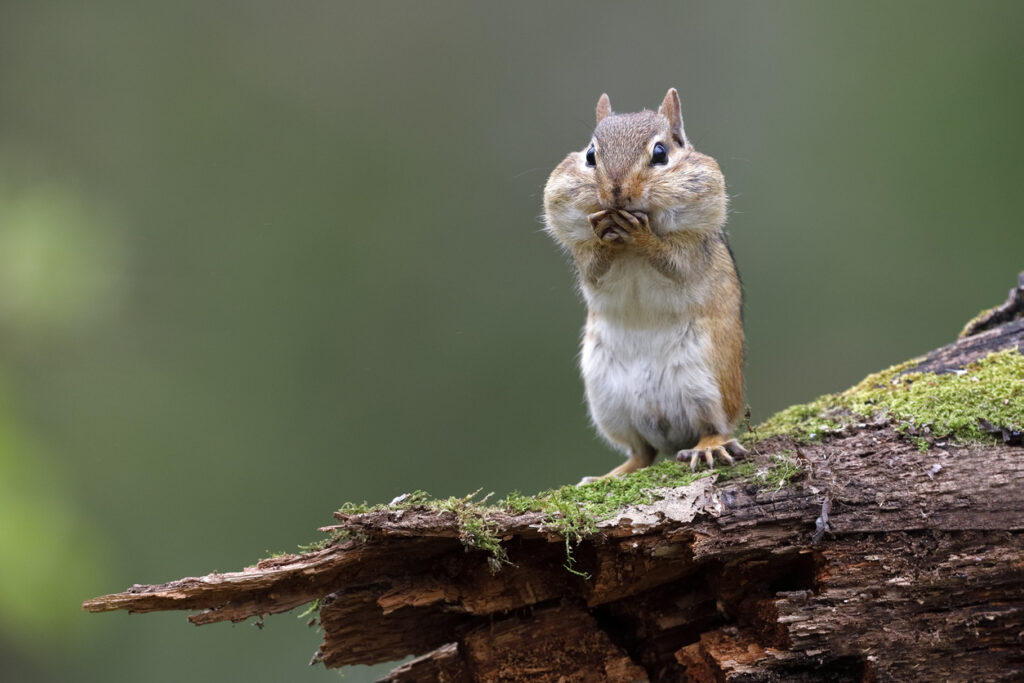
While we’ve learned an incredible amount about the wildlife on this planet over the years, there’s still plenty to discover—and lots that actually defies explanation and understanding. These animal behaviours in particular are strange, confusing, and sometimes completely illogical. Researchers have theories, but no one’s cracked the full “why” just yet.
1. Narwhals’ spiral tusks that serve… what purpose exactly?
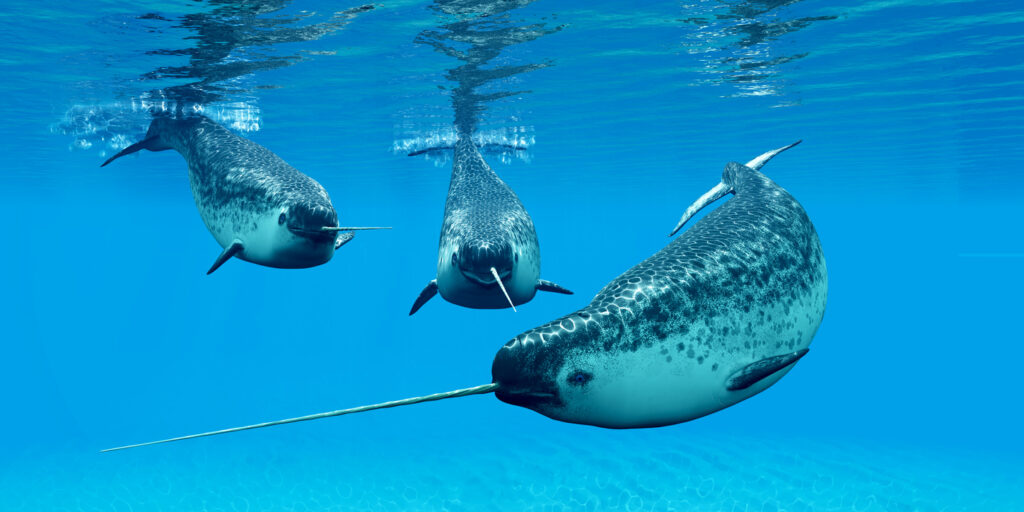
Narwhals are basically the unicorns of the sea, with a long, spiralled tusk sticking straight out of their heads. Theories range from sensory organ to mating tool, but nothing’s been fully proven. Some suggest it’s packed with nerve endings to detect temperature or salinity. Others think it’s all about impressing the ladies. But for something so big and obvious, it’s weird that we still don’t know what it actually does day to day.
2. The dancing “death spiral” of army ants
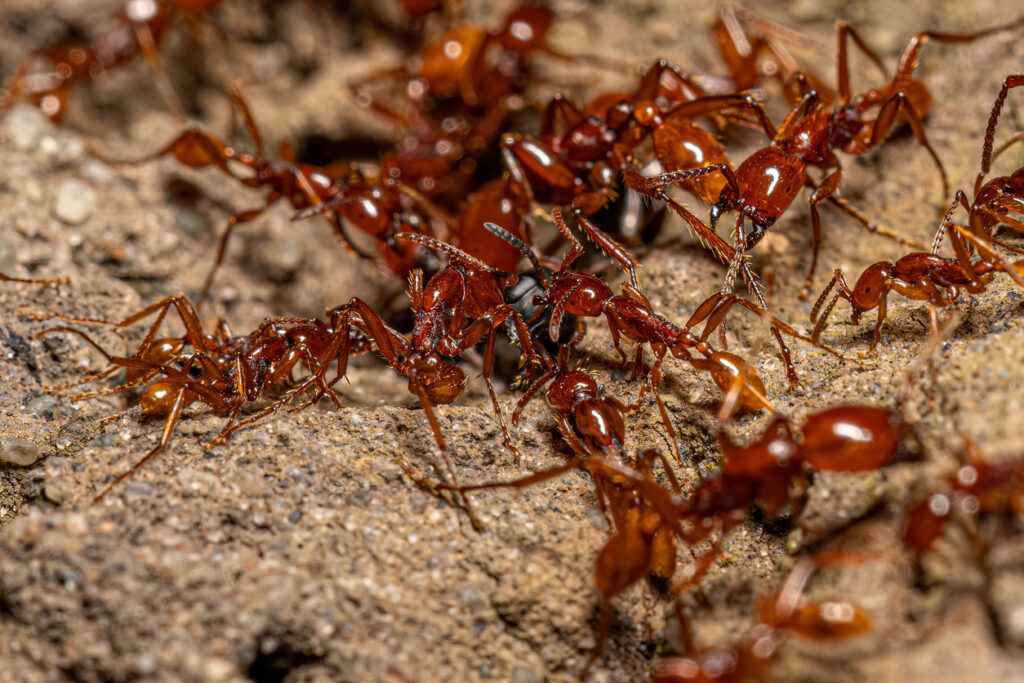
Every now and then, army ants glitch. They lose track of their pheromone trail and begin circling endlessly in what’s known as a “death spiral,” marching in a tightening loop until they literally die of exhaustion. It’s a chilling sight—thousands of ants locked in hypnotic formation with no way out. Scientists think it’s a side effect of their follow-the-leader system, but why some groups get caught while others don’t is still unclear.
3. Dolphins playing with pufferfish to get… high?
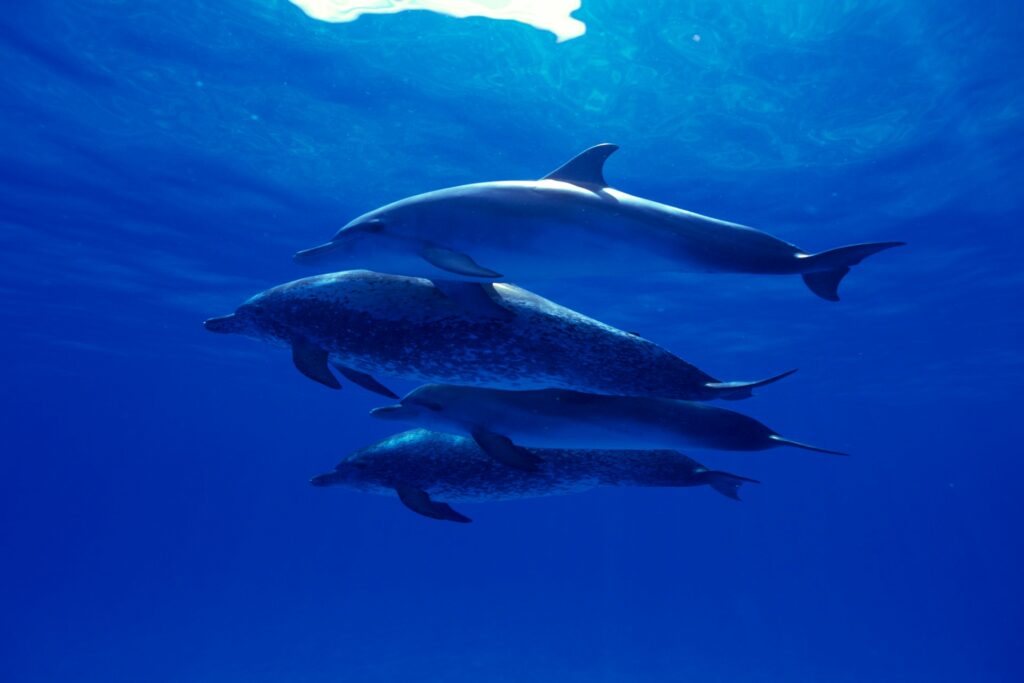
In some recorded cases, young dolphins have been spotted passing around pufferfish and gently prodding them to release small amounts of toxin. Then they float around in a dreamy daze for a while. The toxin in question can be deadly—but in low doses, it might produce a narcotic effect. Is this play, experimentation, or actual recreational drug use? Scientists aren’t sure, but the footage is oddly convincing.
4. Wombats’ cube-shaped poo
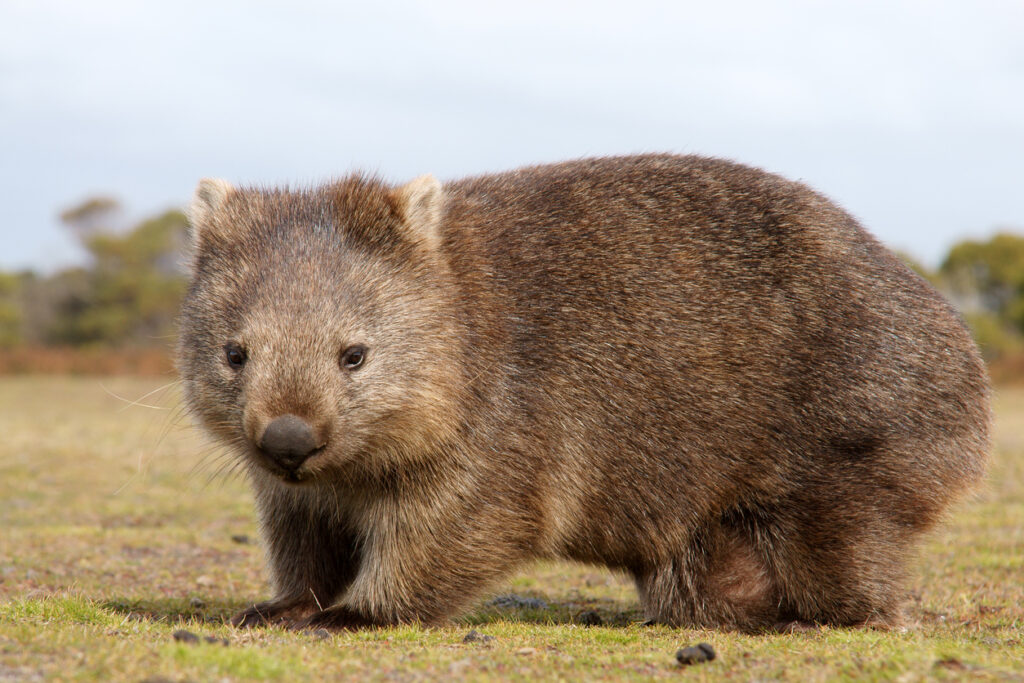
Yes, cube. Perfect, weird, stackable cubes. Wombats are the only known animal to do this, and no one fully understands how. Their intestines move in such a way that the faeces emerge in geometric chunks—but why they evolved to do this is up for debate. Some think it helps mark territory without the poo rolling away. Others think it’s for stacking or message-leaving. Either way, wombat digestion has taken a very creative turn.
5. Octopuses punching fish, seemingly out of spite
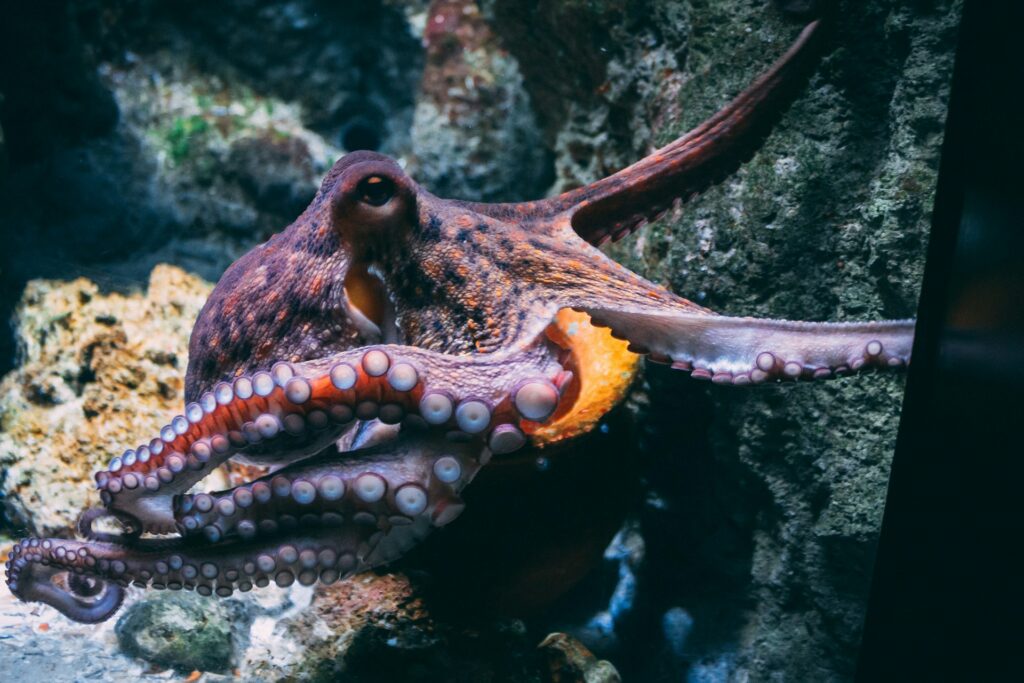
Researchers have recorded octopuses swimming alongside fish, then—completely unprovoked—delivering a little sucker punch with one arm. It’s not done in a feeding context, not in a fight—just a single, dramatic smack. Sometimes it’s thought to be about competition or asserting dominance during group hunting. However, in other cases, the punch seems totally random, like the octopus just felt like ruining someone’s day.
6. The suicidal tendencies of mass-stranding whales
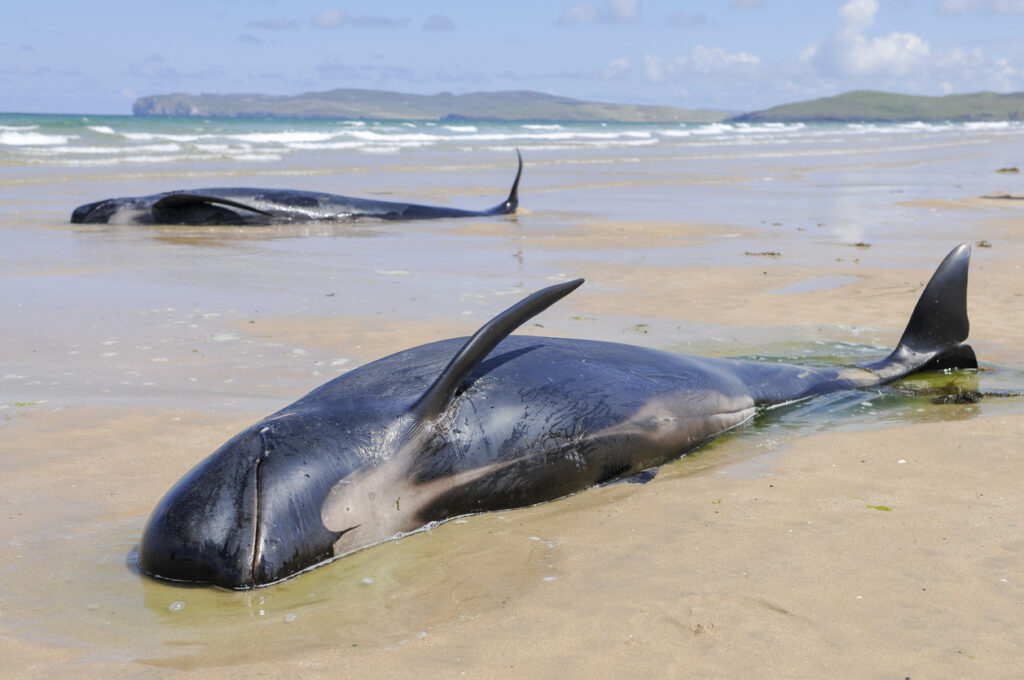
When whales beach themselves in large numbers, it’s heartbreaking—and baffling. Some think sonar from ships or military activity disorients their navigation. Others believe sick individuals lead entire pods into shallow waters. However, despite years of study, no single explanation covers every case. It’s one of the most tragic mysteries in marine biology, and one that leaves more questions than answers.
7. Froghoppers producing their own “bubble homes”
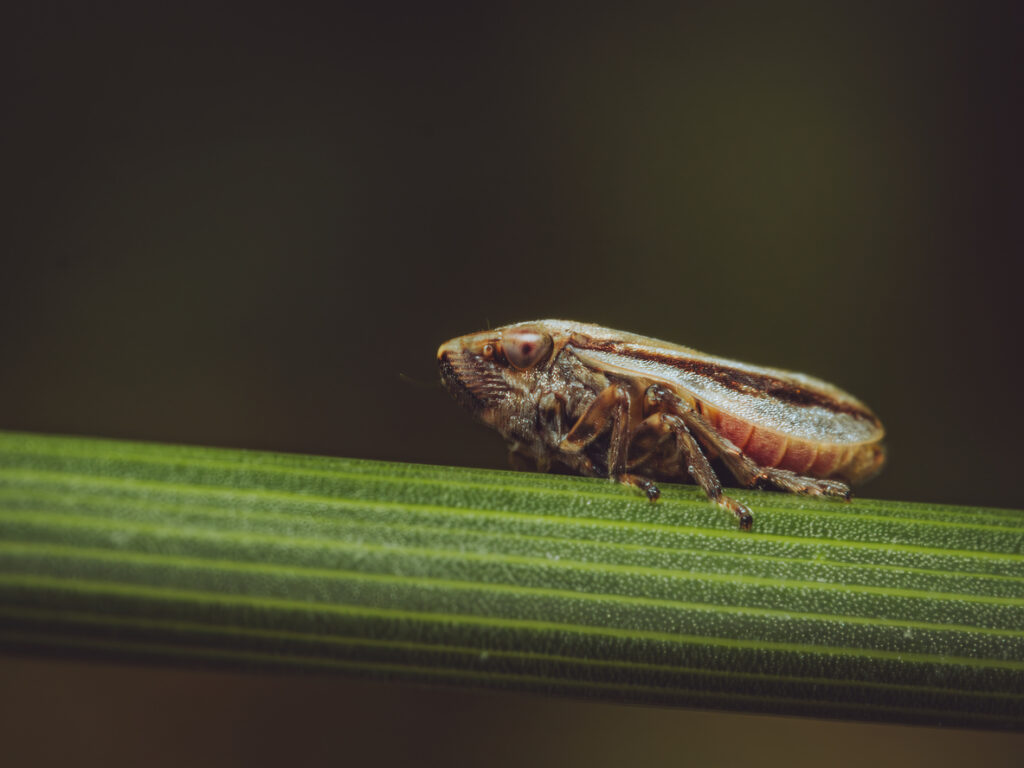
Froghopper nymphs, also known as spittlebugs, cover themselves in a frothy foam made from plant sap and their own secretions. It’s like a personal bubble bath, but for safety and moisture. What’s strange is how effective it is. The foam insulates, hides, and even deters predators. But how such a simple insect developed such a multipurpose, chemically complex defence is still a head-scratcher.
8. Crows performing funerals for their dead

Crows are incredibly intelligent—but one of their eeriest behaviours is how they react to death. When a crow dies, others gather around the body. They caw, examine it, and even appear to hold vigil. Some scientists think this is a way of learning about danger (as in, “what happened to this guy?”). However, it still resembles ritual mourning, and the emotional complexity behind it isn’t fully understood.
9. The deep-sea barreleye fish’s transparent head

This fish has a completely clear dome on its head, revealing its tubular eyes inside. The eyes can rotate inside the skull to look straight up through the dome, like built-in periscopes. It’s a genius adaptation, but the weird part? We still don’t fully know how it evolved, or why this design isn’t seen elsewhere. It’s one of those forms that looks alien, works perfectly, and yet no one saw coming.
10. Male giraffes taste each other’s wee to find mates
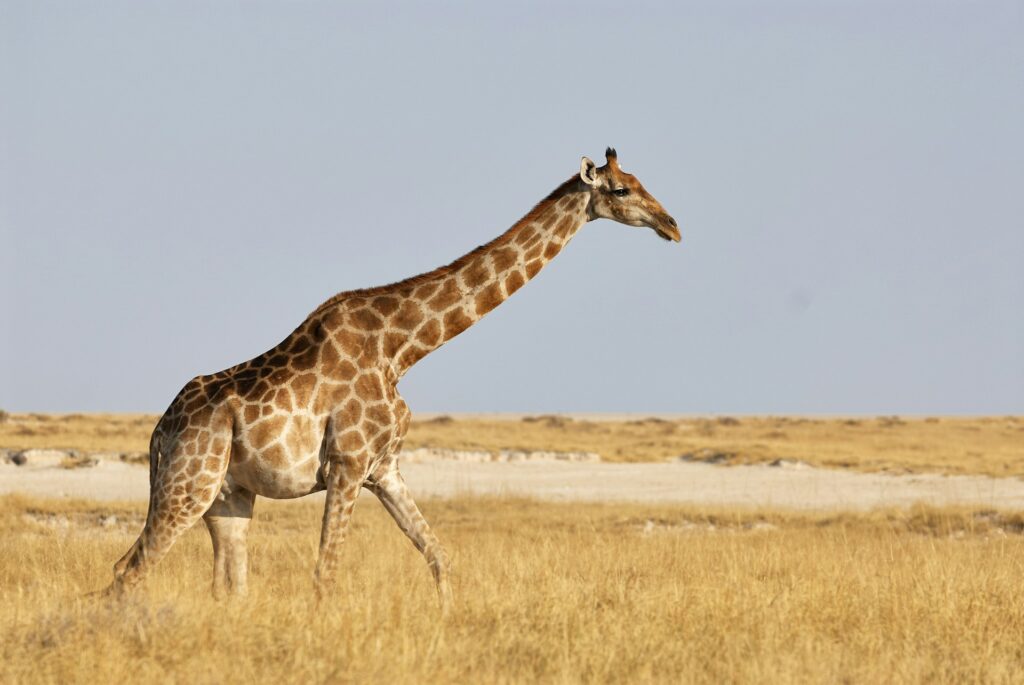
Yes, it’s a real thing. When a male giraffe wants to know if a female is in heat, he’ll nudge her until she urinates, then taste the pee to gather hormone data. That part’s logical. But sometimes, males do this to *other males*, and the reasons for that are murkier. Is it confusion? A dominance display? A mistake? Scientists have documented it, but can’t say for sure.
11. Sea cucumbers launching their own guts as defence

When threatened, some sea cucumbers literally eject their insides—shooting out intestines, organs, and toxic filaments to scare off predators. Some of them even glow. What’s wild is that they can regenerate those internal organs over time. It’s like weaponised self-destruction… that somehow doesn’t kill them. Evolutionarily, it’s brilliant—but how that strategy evolved and remains effective is still being explored.
12. The “yawn contagion” between dogs and humans

Ever notice how if you yawn, your dog might yawn too? Studies suggest dogs are more likely to “catch” yawns from their owners than from strangers, hinting at deep social empathy. However, yawning itself is still kind of a mystery in science, and why it’s contagious, especially across species, has no clear consensus. The fact that dogs can mirror it adds a whole other layer of “what’s going on here?”
13. The magnetic navigation of sea turtles and birds

Sea turtles return to the exact beach where they were born. Birds fly thousands of miles during migration and land precisely where they’re supposed to. But how? One theory: they detect Earth’s magnetic field. However, the mechanics of this ability are still not fully mapped out. Some researchers believe it involves magnetite particles in the brain; others think it’s tied to light-sensitive molecules in the eyes. It’s an ancient GPS we still can’t replicate.
14. The immortal jellyfish that just… resets itself
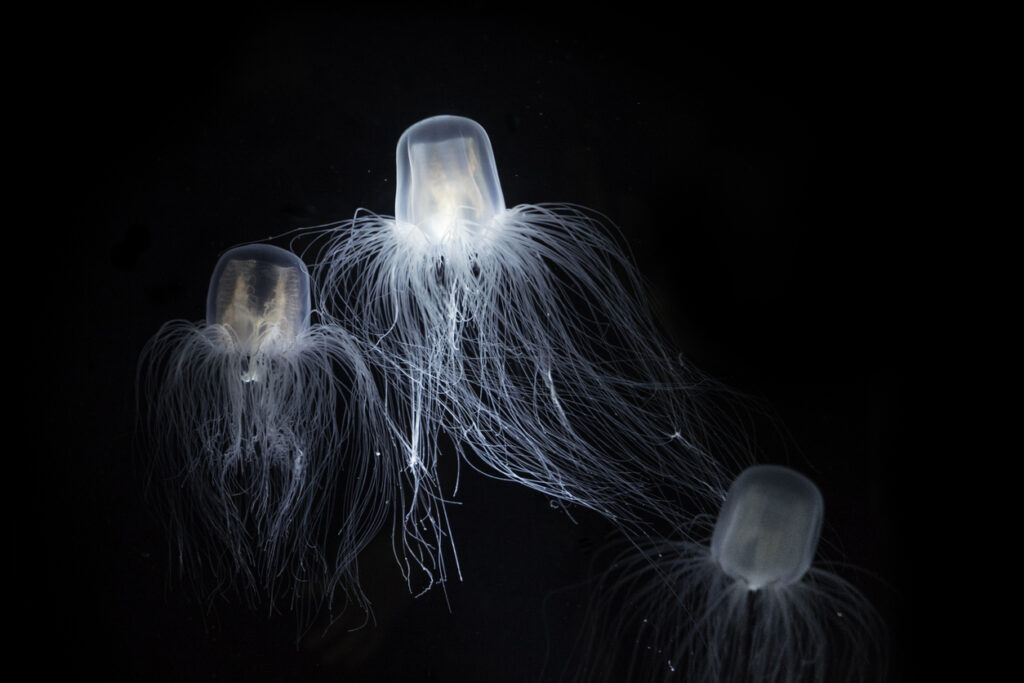
This jellyfish, Turritopsis dohrnii, has an insane ability—it can revert its adult cells back to a juvenile state and start its life cycle over again. Basically, it hits the biological reset button. It doesn’t make them invincible (they can still be eaten or injured), but in theory, they could live forever. How that process works on a cellular level—and why this jellyfish pulled it off when nothing else has—is still a scientific head-scratcher.